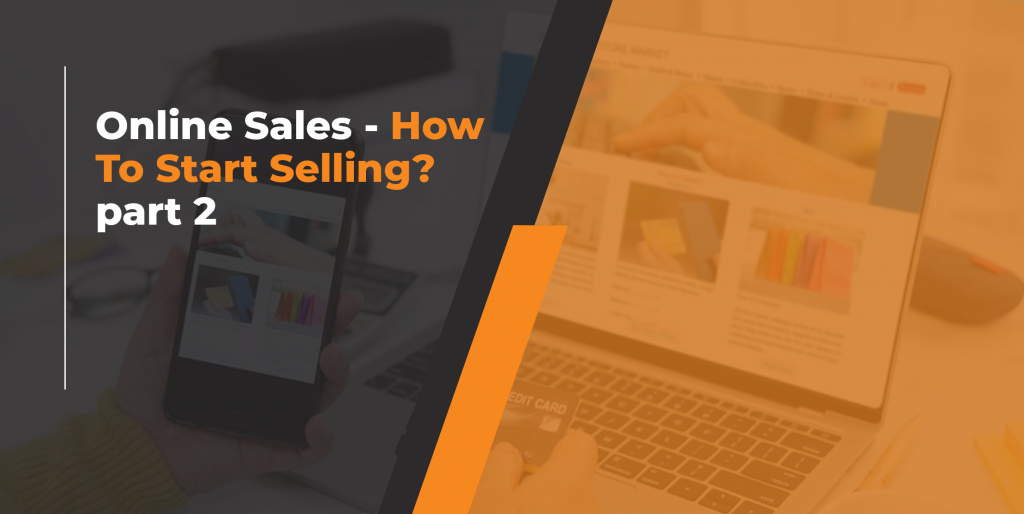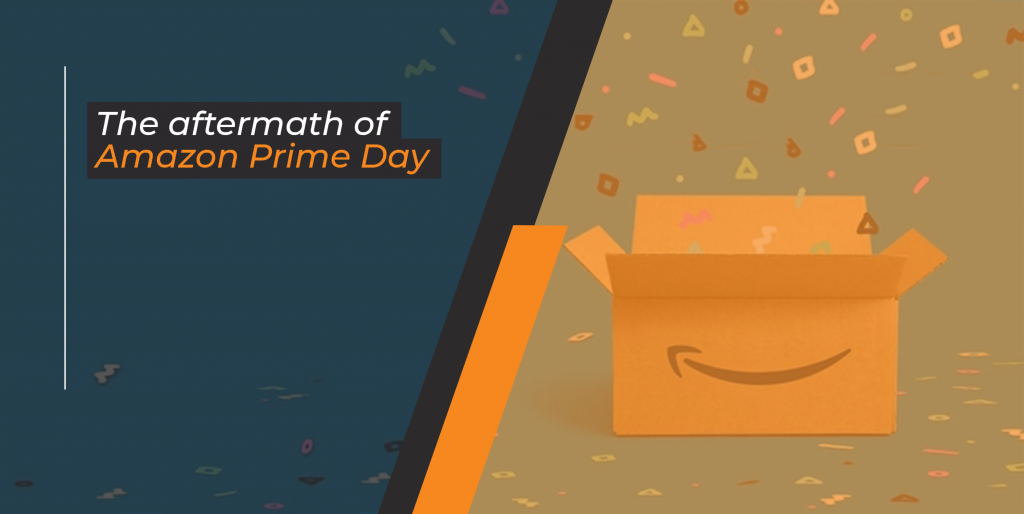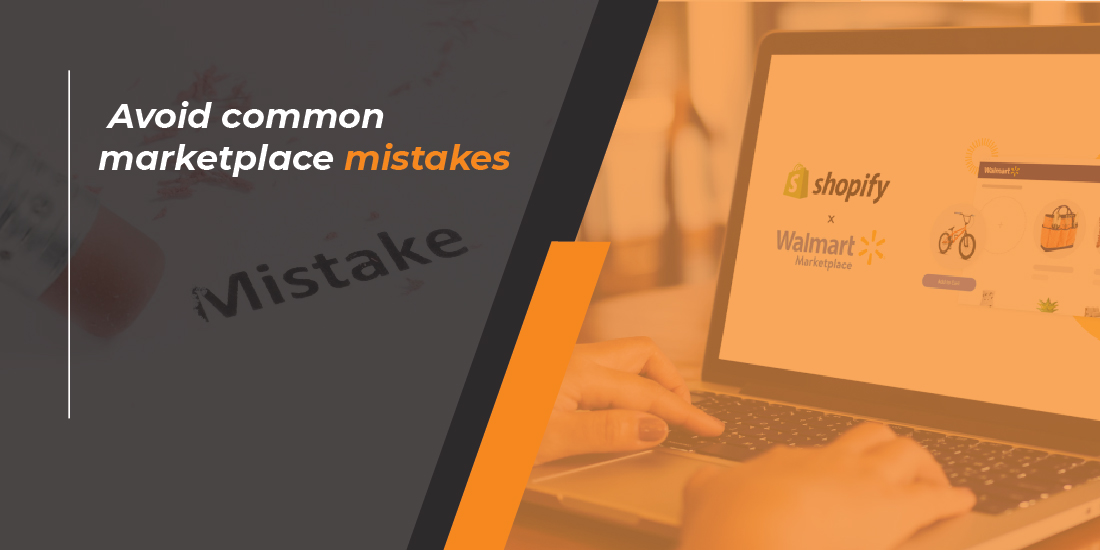
It’s not a lie to say that starting an online store can be confusing. This is the second part of our two-part guide to help you in your path of growing. You can check the first part here – Online Sales – How To Start Selling? part 1 . In this part, we’ll cover sales through social networks, provide answers to some questions and more.
Online sales through social networks
Like marketplaces, social networks (like Facebook) provide opportunities to present your business and products to consumers. Over the years, many others (Instagram, Pinterest, TikTok) have released shopping options. In general, things are made as simple as possible, there are no integrations and automations. You see a product, contact the seller for more information and arrange delivery plus payment.
For example – Facebook Marketplace. They offer full integration of Facebook Marketplace with their mobile application, through which you can manage all products and communicate with people via Messenger. Another aspect of Facebook Marketplace is that there is full transparency about buyers and sellers. At any time, you can look at the Facebook profile of a potential buyer.
Social network sales are excellent for a quick start, validation of an idea or market experiment as you can start quickly and see immediate results. If you want a more professional positioning or building a brand, however, social network sales are probably not for you.
How to choose an ecommerce platform?
The easiest, fastest and cheapest option for online trading is the already mentioned in the first part marketplaces. Other available options, all of which are used for the automotive ecommerce, are the following:
• Individually designed online store – also called a custom store. This can be implemented with careful planning with a sufficiently competent team to do the design and programming. As this is time-consuming, implementation deadlines are extended, budgets are also considerable. A very big plus is the flexibility and the fact that the entire platform can be created according to your requirements. The test period is of great importance here.
- Open-source eshop – like Magento, WooCommerce, PrestaShop, Xcart, ZenCart. Here you’ll need to pay of you’d like a nice design, and if you want to use specific modules and functionalities as well. Hosting and domain will be required, and keep in mind that if something is not working, you may need a professional to help. At times there are issues with updates on the platforms themselves, other updates on templates and others on additional modules.
- Online rental store – You could renting an online store for a few days. With this type you can start much faster. The pros here are: Very fast start, low start-up price threshold, tested and cleared of problems, hosting and support provided. The cons are: They do not always work well with large product nomenclatures ( like large number of listings, names, naming systems, listing titles), you buy what you see, and personalisations are not possible. Also, additional features can be tricky, you’re not really in control, there may be other sellers with the same type of stores and you have no property.
Which questions to consider?
After researching and deciding your online trading options (you can check our blog post Mistakes brands make on ecommerce marketplaces) , it’s time for a business strategy. By building it you will answer the following questions:
- What are you looking to achieve? It is good to have a goal to pursue. Think about the turnover you want to reach in the first year or the first six months. Also, how much product you want to sell. Dig through the internet and find stories about successful online stores, pay attention to their position, compare with them.
- What margins do you pursue? Blindly selling products for something to happen, to turn money around, will not bring a sustainable result. If you don’t think about margins, at some point you may be running at zero or at a loss. Calculate what you use, what products you promote and find out how much you should sell at.
- Who are your competitors? With quick access to information from Google, Amazon and Facebook, you can easily check which players are in the market. And not only that, you have the amazing opportunity to see who is doing what, where they are doing it and where they are lagging behind.
- How do consumers prefer to shop? The better you know the potential buyer, the easier it will be to use their language and the easier it will be to sell. Enable your target audience to buy from you easily, with the right channels and payment methods.
- How will people find your products? The most fundamental question. There are many methods of informing the community about your products, but not all of them will work. A few good examples are – blogging about your products, email campaigns, banners and other paid campaigns are all a good choice for investing.
To find out more about the automotive aftermarket, or for a no-obligation introductory discussion, please contact us.
automotive





















































